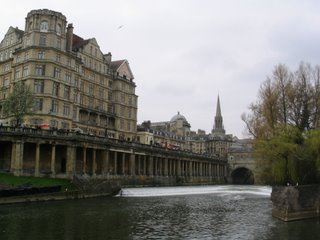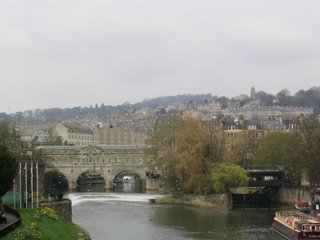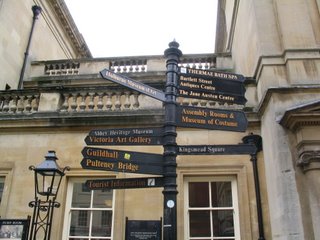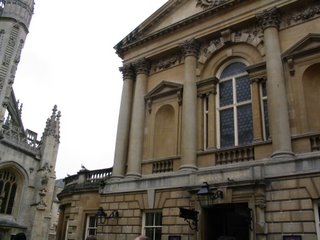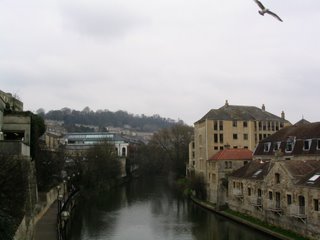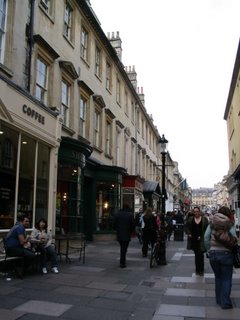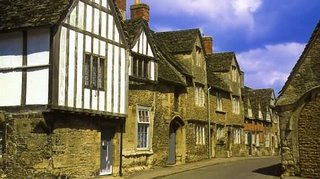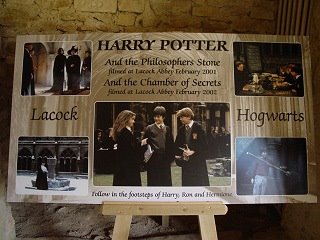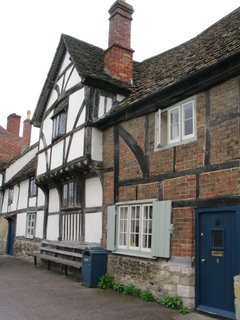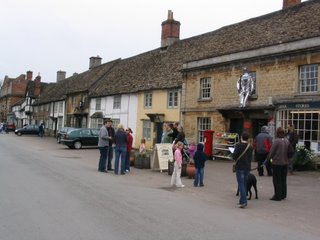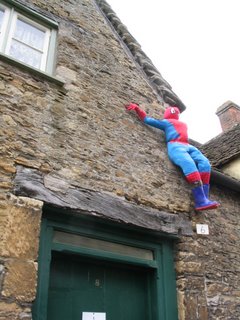Stonehenge is about 2 miles west of the town of Amesbury in Wiltshire and only 90 miles west of London. Salisbury Plain was a forest of towering pines and hazel woodland. Over centuries, the landscape changed to open chalked downland.
Stonehenge was built in 3 phases. First stage was a circle of timbers surrounded by a ditch and bank. The ditch would have been dug by hand using animal bones, deer antlers which were used as pick-axes to loosen the underlying chalk and then the shoulder blades of oxen or cattle were used as shovels to clear away the stones. Excavations of the ditch have recovered antlers that were left behind deliberately and it was by testing their age through radio carbon dating we now know that the first henge was built over 50 centuries ago, that is about 3,100 BC. Thats where the mystery begins. First stage built about 5,050 yrs ago, wooden post circle surrounded by a deep ditch and bank. Then about 4,500yrs ago – 2,500 BC and about 2,400 years before the Romans set foot in Britain, it was rebuilt. This time in stone, bluestones were used which are the smaller stones that you see in the picture. These came from the Prescelli Mountains in Pembroke, South Wales 245 miles (380km), dragged down to the sea, floated on huge rafts, brought up the Rive Avon, finally overland to where they are today. It was an amazing feat when you consider that each stone weighs about 5tons. It required unbelievable dedications from ancient man to bring these stones all the way from South Wales.
Before the second phase of Stonehenge was completed, work stopped and there was a period of abandonment. Then began a new bigger, even better Stonehenge, the one that we know today – this was approximately 4,300 yrs ago, about 2,300BC, the third and final stage of what we see now.
The bluestones were dug up and rearranged and this time even bigger stones were brought in from the Marlborough Downs, 20 miles (32km). These giant sandstones or Sarsen stones, as they are now called were hammered to size using balls of stone known as ‘mauls’. Each pair of stones was heaved upright and linked on the top by the lintels. To get the lintels to stay in place, the first wood working techniques were used. They made joints in stone, linking the lintels to stay in place, the first wood working techniques were used. They made joints in stone, linking the lintels in a circular manner using a tongue and groove joint, and subsequently the upright and lintel with a ball and socket joint or mortice and tenon. This was all cleverly designed on the alignment of the rising of the mid summer sun.
How did they get these stones to stand upright? The truth is nobody really knows. It required sheer muscle power and hundreds of men to move one of these megaliths, the heaviest of them weighing probably about 45 tons, 7m high. Hundreds and thousands of people flock to this place to marvel this ‘amazing’ feat of engineering. I was a little disappointed when I arrived, perhaps I’ve painted myself a far better picture than what it is.



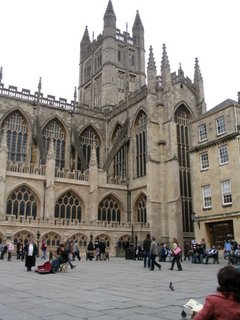 Just a very brief walk around this city and din really explore much..will come back with more photos when i revisit this place next time. Quite like the streets cos there are many unique shops that attracted me - thus explain why I fail to wonder into those 'tourist sites'. A buzzling city pack full with people...
Just a very brief walk around this city and din really explore much..will come back with more photos when i revisit this place next time. Quite like the streets cos there are many unique shops that attracted me - thus explain why I fail to wonder into those 'tourist sites'. A buzzling city pack full with people... Balloons...lots & lots. Then the image of her floating away strike me,
Balloons...lots & lots. Then the image of her floating away strike me,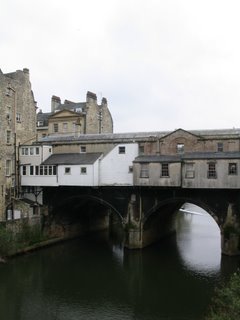
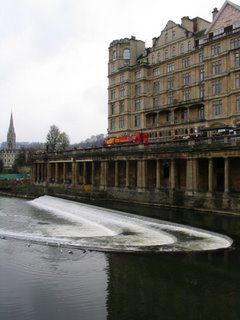

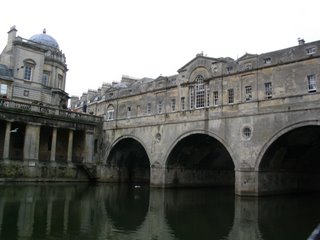 The Pulteney Bridge over River Avon with shop houses...if i'm not wrong there is only 3 in this world...one in Venice, one in Florence & one here...
The Pulteney Bridge over River Avon with shop houses...if i'm not wrong there is only 3 in this world...one in Venice, one in Florence & one here...